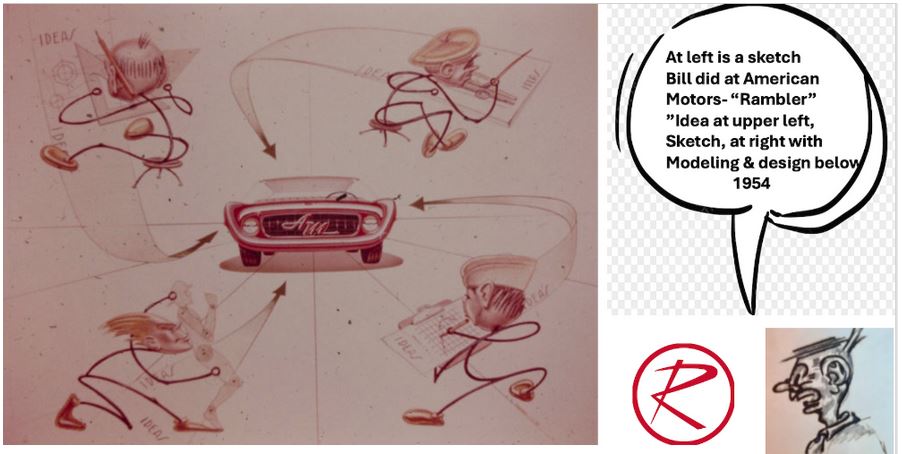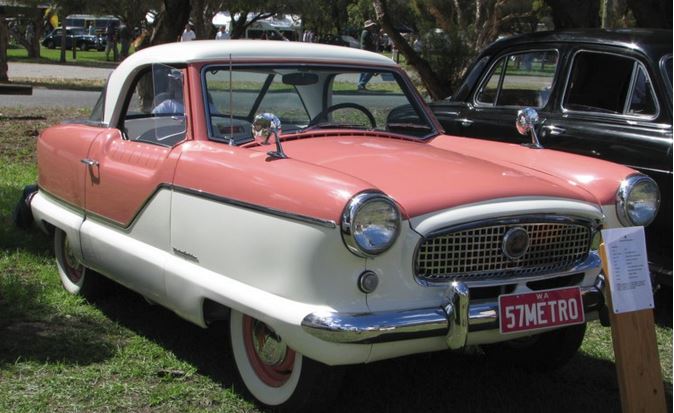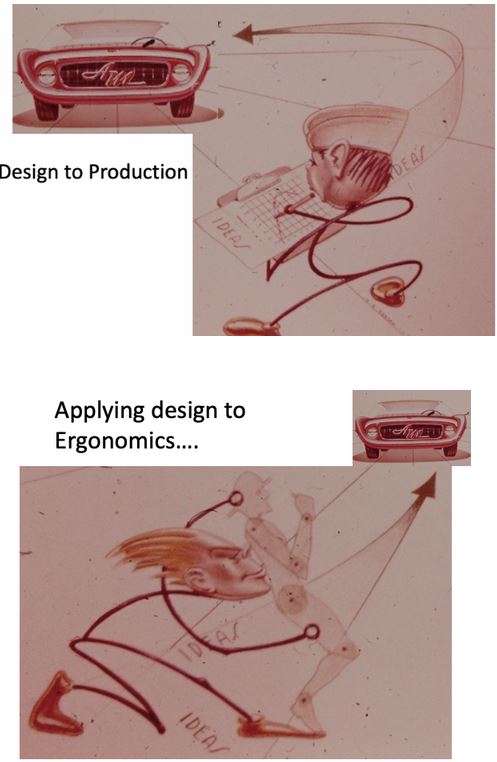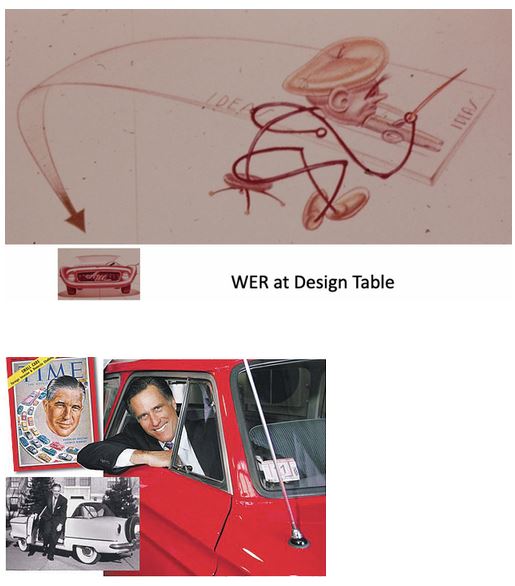WER’s Sketchbook of How Design Happens, 1956
Author’s Note: This is a short edition that doesn’t meet Daily standards but doesn’t represent art as much as the technology involved in attempting to awaken and old computer by:
Finding a suitable charging cord on Amazon, which was delivered almost before I ordered it. Then charging the old box, and exploring how many 32-character uper & lowercase letters with at least one number and a special character passwords it took to find the wifi connection, iCloud and AOL-login-in data. That required data entry and retrieval on a separate device (or two). Then, partial success.
The point of it all was to find old data unsaved in the five devices (or seven, counting phones) have used since 2002. There were apparently some 34 of them.
That operation was also partially successful, and accordingly wanted to test what part it was. I pulled together the below from old data and included new. Then had to wonder how to get it from one box- now on the counter to my left- to the shiny new device now on my lap. That required navigating data from old to new machines, and the following was the partially successful vehicle for that, and strangely, it also involved a vehicle.
The data went from Dad’s pen-and-ink parchment to a photo taken of his papers after his passing in 2002. The other foolscap sheets include his cartoon and portrait work while in the WWII Navy, then through auto and appliance design while at Rambler.
That material will be compiled from the boxes to which power cords are still available in a book that, at some point, will be available on Amazon with this as one of the transition chapters…
– Vic
WER’s Sketchbook of How Design Happens, 1956

The image above was from a project board WER sketched in the mid-1950’s while in the Design Department at Nash-Kelvinator. He worked for Ed Anderson, later Dick Teague, who wee the chiefs of George Romney’s Design Department. They were responsible for making something stylish that would bring George’s business idea to something that would sell. That notion was a small- “compact” car that would be affordable, economic to run, and fuel efficient.
They started with an existing car. One manufactured in the UK:

The Metropolitan I remember was in the driveway of the family house in Birmingham, Michigan. My first memory is of dad doing some evolutionary design with a hacksaw, as he cut a truck lid into the rear of the car. It had previously been accessible only through the fold-down rear seat. Mom had stated it was awkward to load groceries and children. He fixed it by cutting in an exterior trunk lid, which was incorporated into the design in Kenosha, Wisconsin.
They did the designs up there for domestic manufacturing, but it was part of George Romney’s scheme to produce a marketable second car in a two-car family that would provide for Mom taking the kids to school or shopping while drive to the railroad station to ride to work. The “commuter/shopping car” was intended to have a family resemblance to the big Nash, but the scale was tiny. The Met’s wheelbase was shorter than the VW Beetle, the first car Dad gave me after I got my driver’s license.
The Met- with a trunk lid- included roll-up glass side windows, a more powerful engine, and a column-mounted transmission shifter with bench seat. rather than bucket-type seats with floor shift fitted in the concept car). They first called it the NKI (for Nash-Kelvinator International), and incorporated design flourishes like a hood blister and rear wheel cutouts.
Nash was positioning this new product for the postwar market for “personal use” autos. A first. Here is how Dad sketched the process:


Here is how Time Magazine handled the way George Romney rolled them out!
Copyright 2024 Vic Socotra
Www.vicsocotra.com
